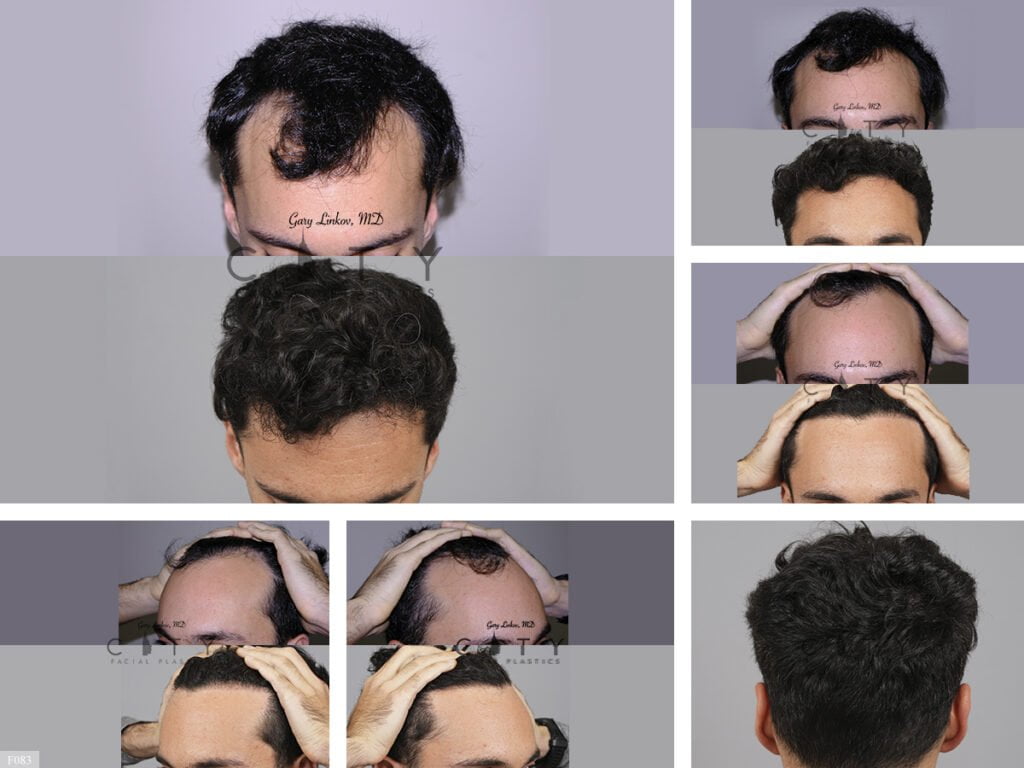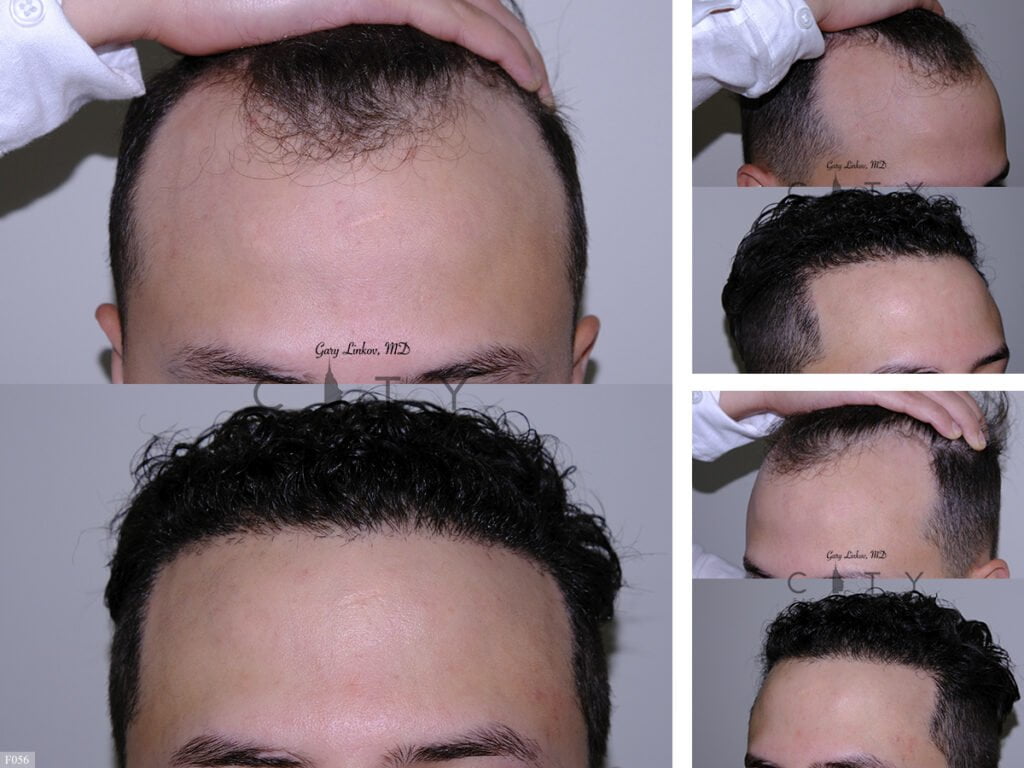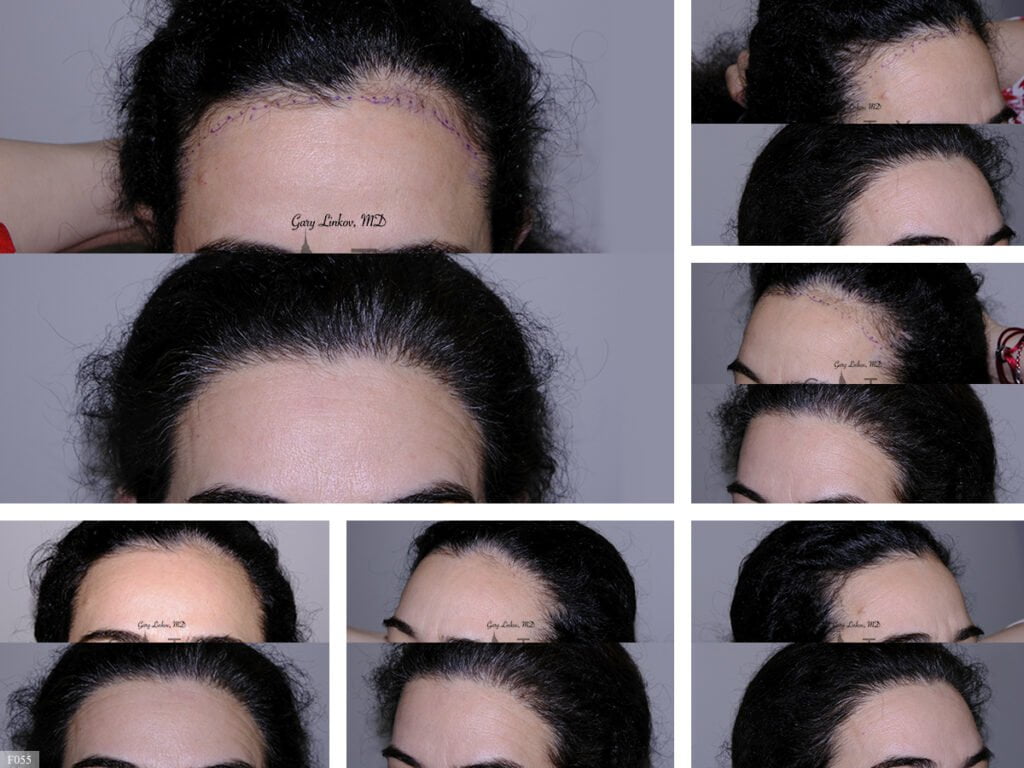Hair Shaft Abnormalities
One subtle cause of hair loss is abnormal hair shafts. With hair shaft abnormalities, your hair becomes brittle, meaning it breaks easily. The result may be thinning hair or even balding spots. While there are lots of reasons hair shaft irregularities appear, there are only a few treatments for this condition. If you find your hair breaks easily or you have thinning hair from brushing or styling, call the hair loss experts at Linkov Hair Surgery in Manhattan. Dr. Gary Linkov and his team diagnose the reason for your hair loss and provide effective treatment that’s also affordable.
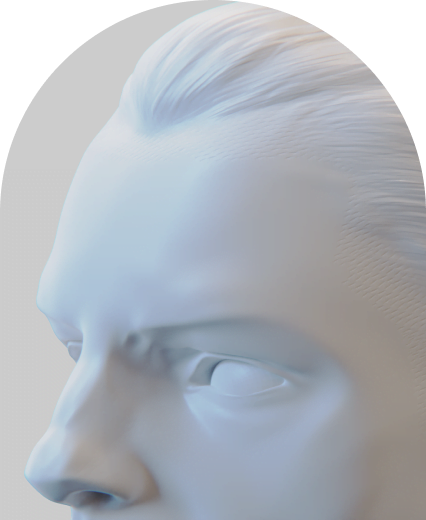
What Are Hair Shaft Abnormalities?
Hair shaft abnormalities refer to a grouping of hair disorders caused by any structural irregularity of your hair shafts. These congenital or acquired abnormalities affect the color, volume, length and structure of your hair. If you suffer from a hair shaft disorder, your hair becomes dry, brittle and uncombable. It also breaks more easily.
Poor hair growth or increased hair loss caused by breakage affects your body image, among other debilitating effects. An early diagnosis of a hair shaft abnormality leads to more effective treatment. Dr. Gary Linkov, a double board certified surgeon and a member of the International Society of Hair Restoration Surgery at Manhattan’s Linkov Hair Surgery uses a multi-disciplinary approach for hair loss treatment.

Why Should I Care about Hair Shaft Abnormalities?
Hair shaft abnormalities have specific symptoms that can make your life less enjoyable. Damage to hair shafts affects the quality and quantity of your hair, possibly leading to avoiding social activities. Reasons why hair shaft damage matters include:
- Emotional distress caused by premature hair loss
- Stress caused by uncontrollable hair, which may cause more hair loss
- Low self-esteem caused by a poor self-image
- Problems in your social life as you withdraw from normal activities
- Difficulties in diagnosing the hair abnormality
- Visible loss of hair when bathing, sleeping or styling your hair
If left untreated, a hair shaft abnormality can change the normal flow of your life. Instead of worrying, visit the celebrity-trusted hair transplant doctors at Linkov Hair Surgery for an accurate diagnosis and effective treatment for all types of hair loss, even hair shaft abnormalities.
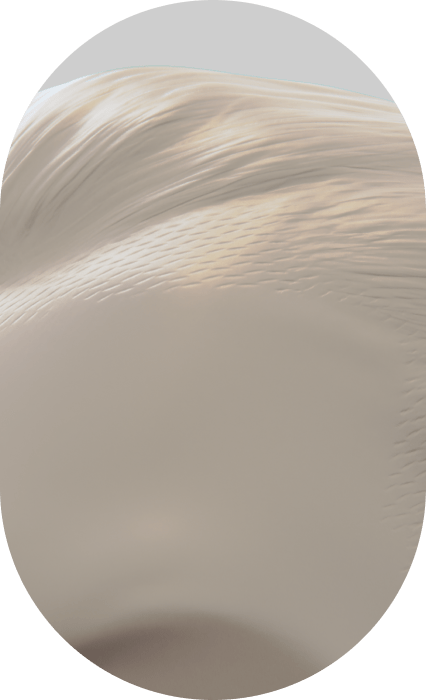
Do I Have a Hair Shaft Defect?
Hair shaft problems require specialized diagnosis by the best hair loss specialist. Some hair shaft defects are visible to the naked eye, but your doctor has the equipment required to root out the cause of any hair loss problem for an accurate diagnosis. If you have hair shaft abnormalities, look for symptoms such as:
- Small whitish-yellow nodules on strands of hair appearing at irregular intervals
- Hair tips that look white
- Hair that breaks easily
- Patchy, coarse or frizzy hair
- Dull and fragile hair
- Poor hair growth
- Visible hair loss
- No noticeable hair damage
- Hair shafts that continue to feature split ends
- Hard to control hair that you can’t easily style
- Thinning hair
Your New York Linkov Hair Surgery doctor assesses your symptoms before recommending any treatment. The hair loss specialist may conduct tests to rule out other similar types of hair loss, such as:
What Are Common Hair Shaft Abnormalities?
Hair shaft damage occurs in various ways, but it mostly results from structural changes in hair fibers and cuticles. At your hair restoration clinic in New York City, your doctor determines the specific hair shaft abnormality that’s causing your hair loss. Common hair shaft irregularities include:
Trichorrhexis nodosa This is a type of hair shaft fracture characterized by swelling or weak points in a hair shaft that break off easily. This abnormality occurs because of loss of the cuticle caused by physical or chemical trauma.
Trichomalacia This hair shaft damage occurs in growing hair. It’s caused by repeated hair plucking or pulling. People suffering from a hair pulling disorder called trichotillomania suffer from this type of hair shaft damage.
Trichonodosis This knotting hair disorder is common in people with curly hair. It can be genetic or acquired.
Trichoclasis This is a transverse fracture of the hair, characterized by an intact cuticle resulting from hair trauma.
Pseudomonilethrix In this hair shaft disorder, irregular nodes appear on the hair shafts when a normal hair shaft expands. These hair shaft defect leads to hair fragility and breakage, which causes partial baldness.
Bubble hair This hair shaft abnormality is characterized by hair shafts with expanded bubbles within, leading to them breaking. The hair disorder is hereditary, but an external injury during hair styling worsens the condition.
Monilethrix This hair shaft defect affects individual strands, each of which develops a beaded appearance that appears a few months after birth. The hair shaft problem leads to short hairs and a rough scalp.
Trichoptilosis This hair shaft disorder causes a longitudinal splitting of the hair shafts or visible splitting at the ends. Physical trauma, such as rough brushing or chemical trauma, is the main cause of this disorder.
Bamboo hair This hair shaft abnormality is also known as trichorrhexis invaginate. It’s characterized by a nodular expansion of the hair shaft. The hair shaft defect may be congenital, appearing in conditions such as Netherton’s syndrome.
There are other less common hair shaft abnormalities that your doctor can discern. These include pseudopili annulate, pili bifurcati, oblique hair shaft fractures or tapered fractures, green hair, pili multigemini, trichostasis spinulosa, pili annulati or ringed hairs and pili torti or hair shaft coiling and twisting. Only an experienced hair loss doctor can detect them all.
What Causes Hair Shaft Abnormalities?
Hair shaft abnormalities cover a broad range of conditions, each with unique symptoms and causes. Doctors have identified general causes of hair shaft damage, including:
- Hair trauma An external injury to your scalp may result during hair styling, excessive grooming, hair pulling during braiding or wearing a tight ponytail, heat treatment or chemical injury.
- Genetic abnormality Genetic mutations in some specific genes may cause hair shaft problems. Some hair shaft abnormalities are present at birth or develop within a few months afterward.
While there’s no cure for a hair shaft defect, advances in hair loss treatments allow you to be able to effectively manage the different types of hair shaft disorders. Listen to your doctor’s advice and try a different hairstyle.
What Can I Do about My Hair Shaft Irregularities?
At the Manhattan office of Linkov Hair Surgery, Dr. Linkov and his team offer individualized treatment for all types of hair loss. Treatment options your doctor may recommend include:
- Wearing shorter hairstyle
- Avoiding certain hair styling practices, such as braiding, hair weaving, straightening, perming and using harsh dyes
- Avoiding excessive hair grooming
- Changing the length of the affected hair
- Minimizing heat treatments
Advanced treatment options are also available, if you’re a good candidate. To address hair shaft abnormalities, your medical professional may recommend:
- Medications, such as minoxidil or finasteride
- Stem cell therapy
- Microneedling
- Exosome therapy
- Corticosteroid injections
- Hair cloning
- Platelet-rich plasma injections
- Even simple hair replacement systems
- Laser therapies
Whatever your hair loss problem, contact the best hair restoration specialists in New York at Linkov Hair Surgery. Dr. Linkov has built a reputation for innovative hair restoration techniques that are both effective and affordable.
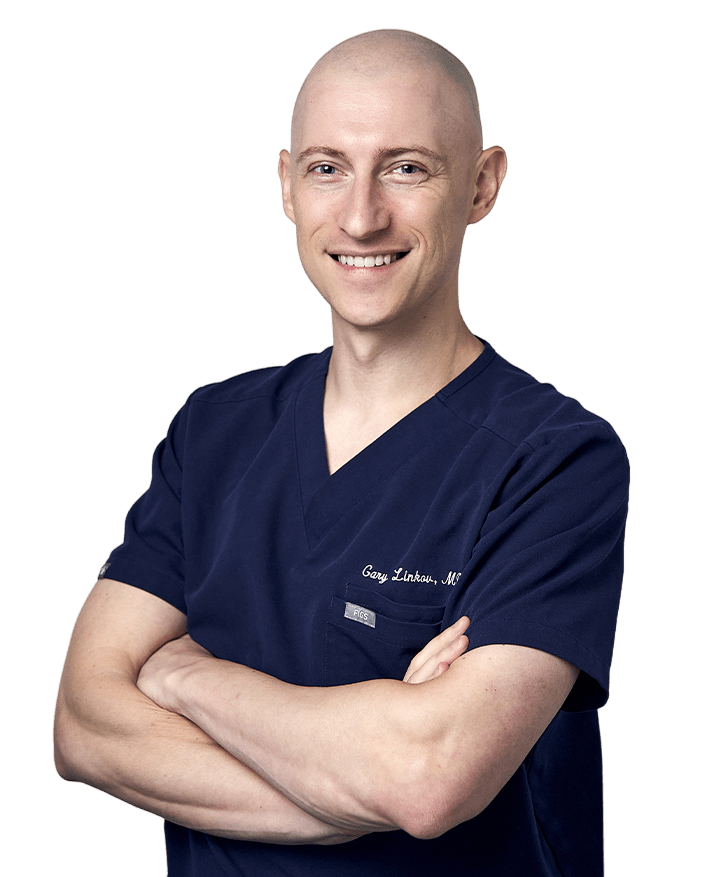
Dr. Gary Linkov is an experienced Ivy League-educated hair transplant surgeon. Having suffered from hair loss himself, he treats his patients with compassion using a multi-disciplinary approach based on the latest hair regrowth methodologies and technologies.
He has authored numerous peer-reviewed articles and book chapters, contributing to the field. Dr. Linkov’s expertise in hair transplant surgery has earned him recognition and made him a sought-after physician. He was featured on the Dr. Oz Show for his needleless PRP hair restoration procedure. USA Today ranks him among the top three plastic surgeons in the United States for reconstruction and natural-looking results.
Publications More about Dr. LinkovLinkov Hair Surgery
150 E 56th St, #1A
New York, NY 10022
(212) 970-9404


